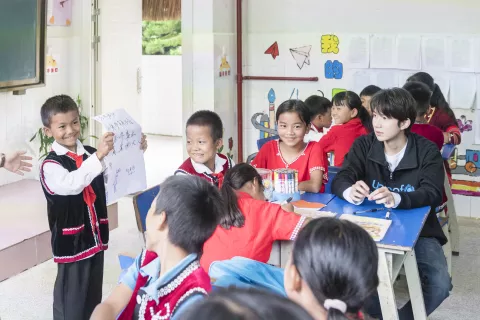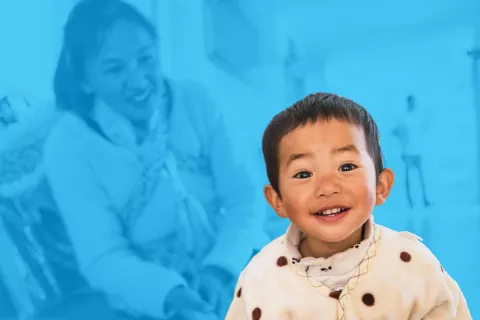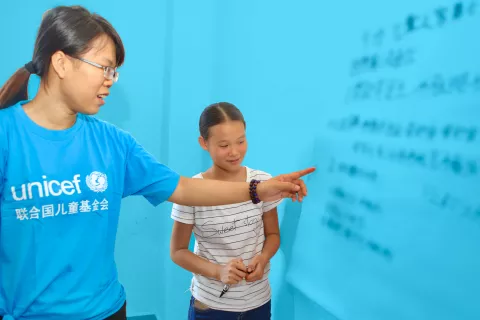4 ways students can encourage kindness in schools
How you can help put a stop to bullying, cyberbullying, fighting, and corporal punishment

- Available in:
- 中文
- English
Schools should be a safe place for children, a place where they can grow and learn and be with friends. But for many students around the world, this is not the case:
- Half of the world's teens experience peer violence in and around school.
- More than 1 in 3 students aged 13–15 experience bullying.
- Around 1 in 3 students aged 13–15 are involved in physical fights.
- Nearly 720 million school-aged children live in countries where corporal punishment at school is not fully prohibited.
Students often experience bullying and other forms of violence simply because of who they are or where they come from. For many of these students, worry and fear are a big part of their daily lives. But you can change things. With a few small actions, you can help end violence in school and make a difference. Here are three concrete ways you can start:
- Reach out. Start a conversation with a classmate, leave them a kind note, or send them a message on social media. Even the little things can make a big difference – especially for someone going through something difficult.
- Speak up. If you are worried about your or a friend’s safety, urgently speak to someone you trust in private – this could be a parent, teacher, or another trusted adult. Do not keep your fears, concerns or questions to yourself. If it's difficult to talk about, try writing down your experiences and giving it to someone you trust to read or send, or drop it anonymously somewhere a responsible/trusted adult can see it. You can also call the child protection hotline at 12355 to speak to the Youth League. Remember that you are not alone.
- Take action. Use the Safe to Learn activity pack to know more about the issue of violence against children and young people and create your own projects for change. Here are some examples:
- Develop a safety charter in your school to promote safety and provide clarity to children, teachers and parents on what action will be taken when bullying happens.
- Campaign to make schools safer in your area.
- Encourage bystanders to intervene when bullying happens.
- Provide support. After the situation [of bullying] is over, make sure the person who is experiencing the bullying is okay by asking them how they are doing or reminding them that what happened is not their fault.





